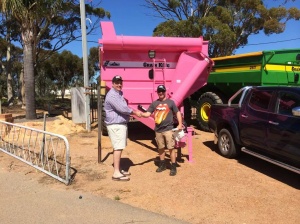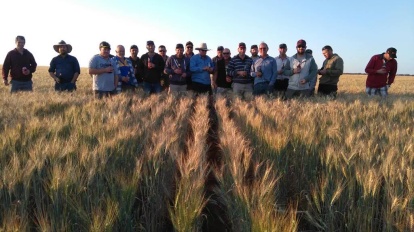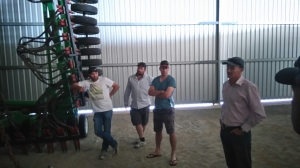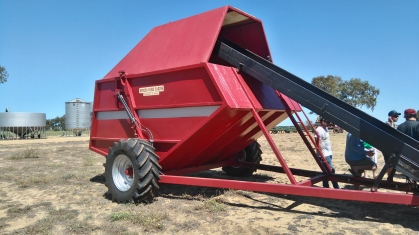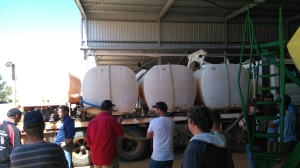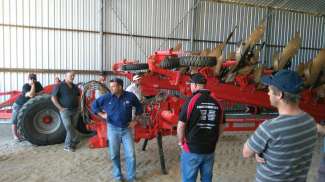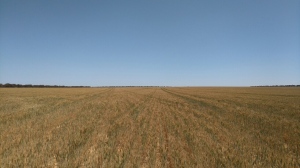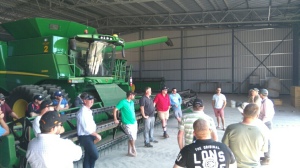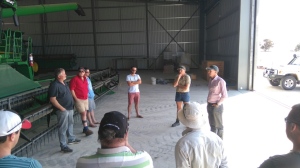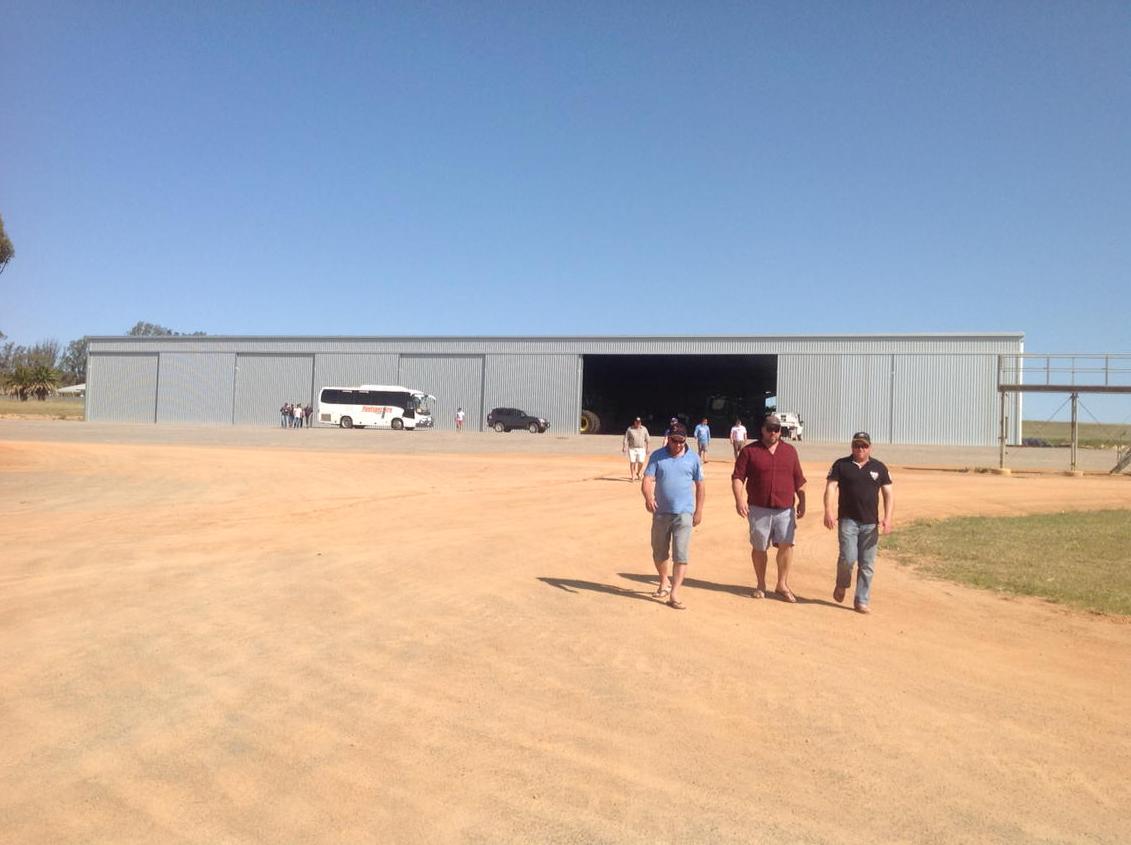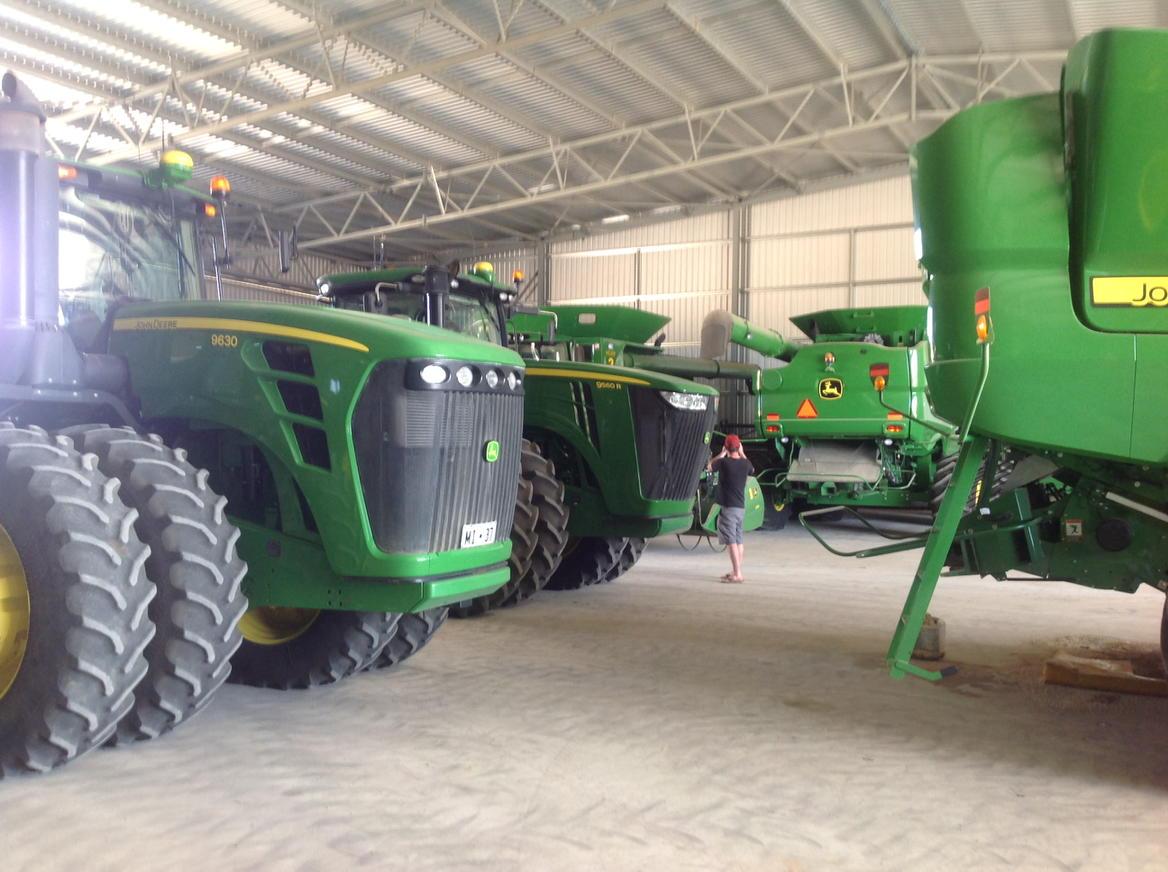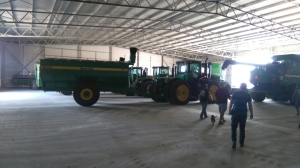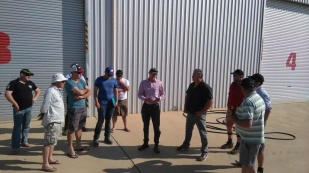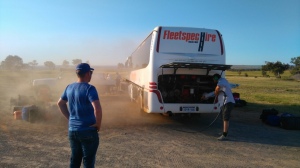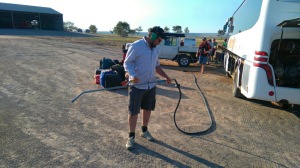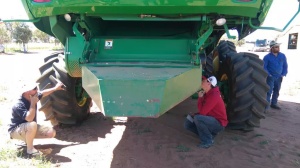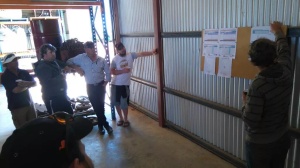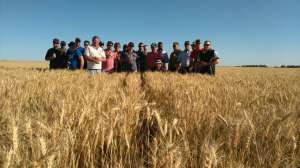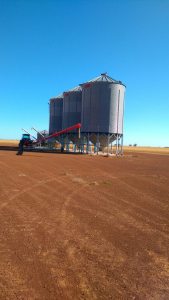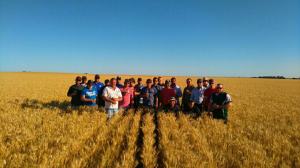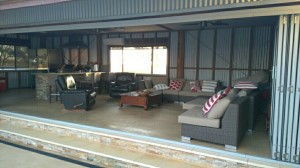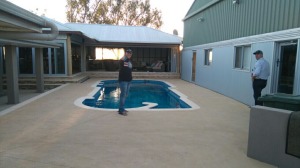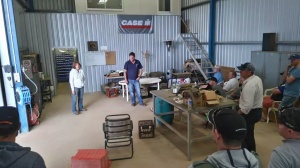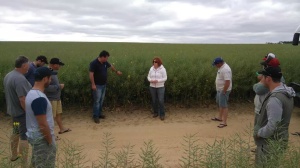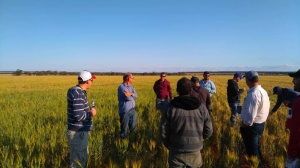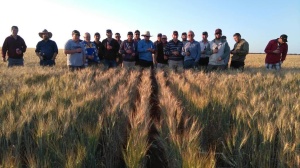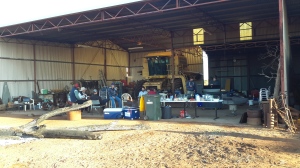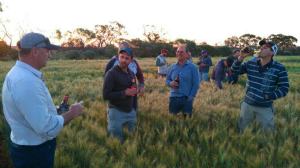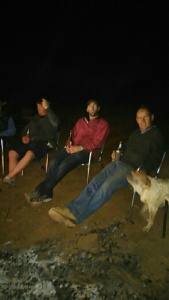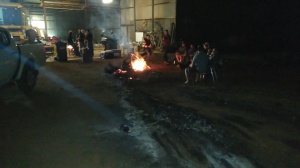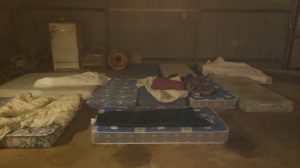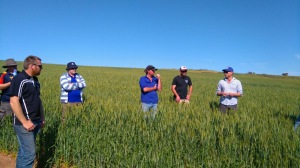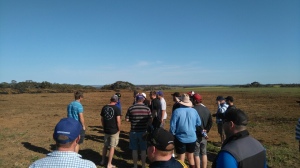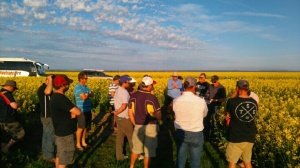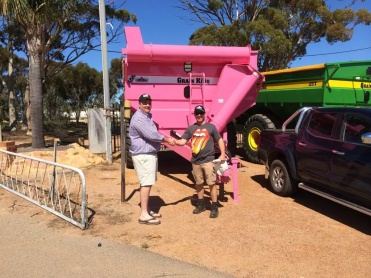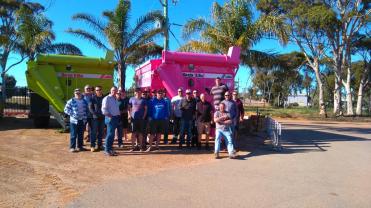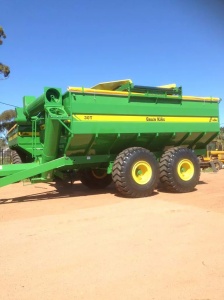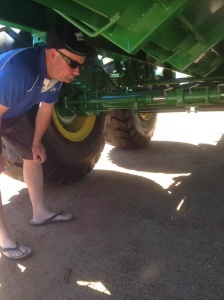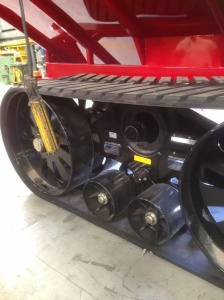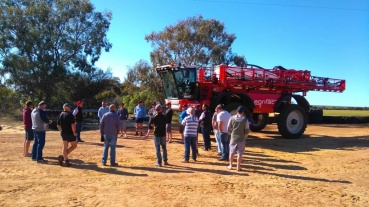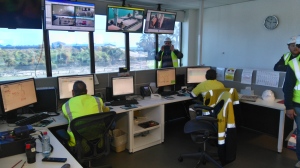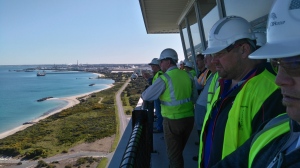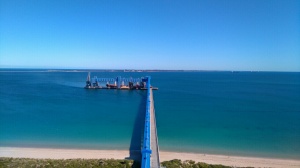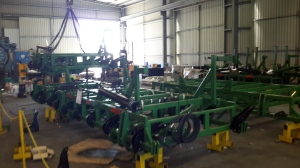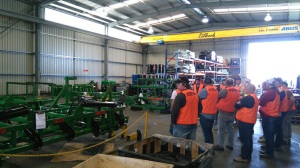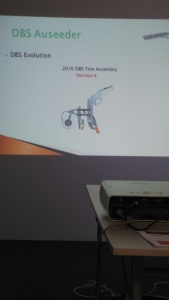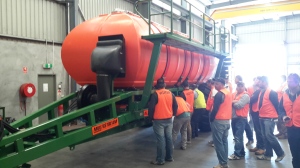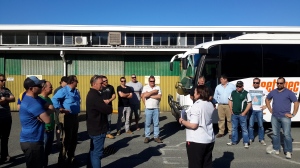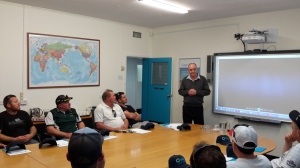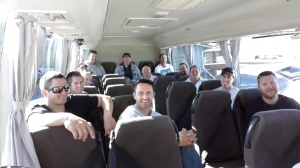For those who have followed #crossvillegoeswest in our journey to WA, you will have read about our ‘little wager’ for Benny Ranford to order a pink chaser bin.
For those unfamiliar, this is a summary of the story and how you can contribute to, not 1 hot pink chaser bin in SA, but 2! All for a great cause.
The Crossville Ag Bureau is a progressive, community minded group of farmers and their grain business partners, based at Cleve on Eyre Peninsula, South Australia. The President and ‘fearless leader’, Isaac Gill, organised an 8 day field trip to the West Australian wheatbelt which was made possible by generous sponsorship from GRDC, AGT, Rabobank, Achmea Australia, Ramsey Brothers, Landmark, CBH Grain, EPIC and Crop Smart.
The tour, labelled ‘Crossville goes west’, took place from the 15th to 22nd of September 2015, with 22 blokes taking the opportunity to meet some of the best and the biggest grain producing farmers in the west. The goal being to learn how they tackle issues related to soils and weeds as well as an insight into their farm management styles.
The trip included visits to several farm machinery manufacturers, one of which was Trufab Engineering who build ‘Grain King’ chaser bins. Ben Ranford, a farmer on the trip, had ordered a 30 tonne bin which they were about to start building. The standard colour of these bins is green and yellow, perfectly matched to Ben’s John Deere tractor. While we were there, the group noticed 2 bins at the front of the yard painted pink! The group asked “why the pink bins”? Apparently Trufab hire the bins out to farmers and part of the hire fee is donated to breast cancer support charities.
So…. there began the group peer presssure!!!
Everyone, except Ben, wanted that new bin to be delivered in hot pink! The heckling was on!
After a few hours it was apparent the boys weren’t going to let up so Ben set them a challenge. If they could raise $10 000 to donate towards breast cancer research and treatment, Ben would change his chaser bin order for delivery in hot pink!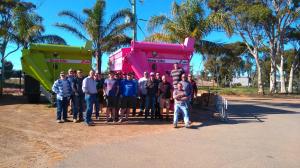
Some more fundraising challenges followed with Ben completing a late night swim in his jocks which got the tally off to a good start of over $4 000.
The Crossville Ag Bureau gesture is now going viral through the farming community and we now have another challenger……….. Ag Bureau Board member and state treasurer, Andrew Kitto of Gladstone, has expanded the challenge. If this venture can raise a total of $20 000, HE will paint his chaser bin pink! So this fundraising challenge is now extended to the Mid North farmers and the rest of the Ag Bureau of SA network.
Trufab Engineering, you better get the pink paint ready for Ben’s new bin and you might wanna add in some extra cans of pink paint for Mr Kitto!
Ben Ranford has chosen the 2 charities and you can ensure he and Andrew keep their pink bin promises by donating in the following ways:
National Breast Cancer Foundation
http://nbcf-hostyourown.gofundraise.com.au/page/BenRanford
McGrath Foundation
https://www.mcgrathfoundation.com.au/ Home Page; top right corner select “make a donation”; select “Event donation”; enter our event reference code CE02488. Fill in donor details and credit card info. On completion of the donation, the McGrath Foundation will generate a tax receipt for you.
OR by direct deposit with the following reference:CE02488
McGrath Foundation
Commonwealth Bank
BSB: 062 000
Account: 1389 1910
OR by telephone
With your credit or debit card, please call the Donations team on (02) 8962 6100
Thank you to the businesses that have made pledges so far: Ramsey Brothers, Pringles AgPlus, Quinn Transport, Cleve Rural Traders, Landmark Cleve, Elders Eyre Peninsula, Agri-Spread Australia, Australian Grain Technologies, Rabobank, Evfarm, CBH Grain, Cummins Ag Services & Cleve Hotel Social Club. There are another 20 or so pledges already from our group and local farmers ranging from $100 to $2 000!
Our goal is to provide $10k to the McGrath Foundation and another $10k to the National Breast Cancer Foundation.
We had an absolutely brilliant trip to the West, we might be a bit ‘rough ’round the edges’ but our hearts are in the right place.
The Crossville Agricultural Bureau, Cleve
